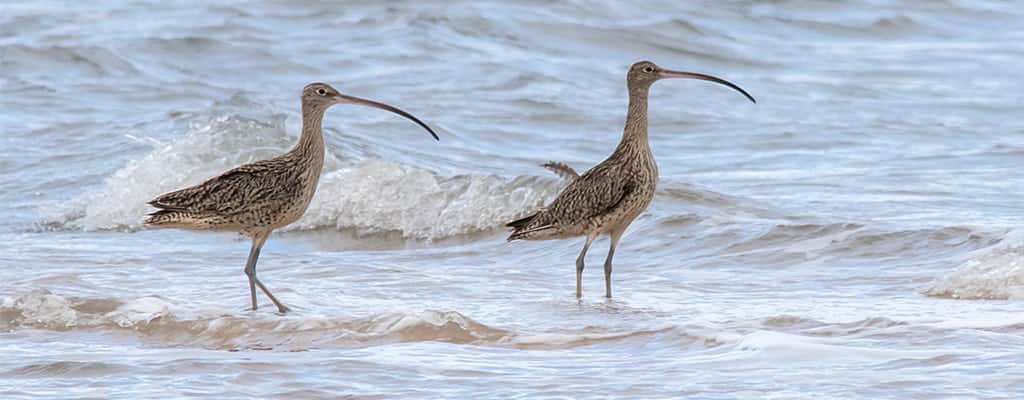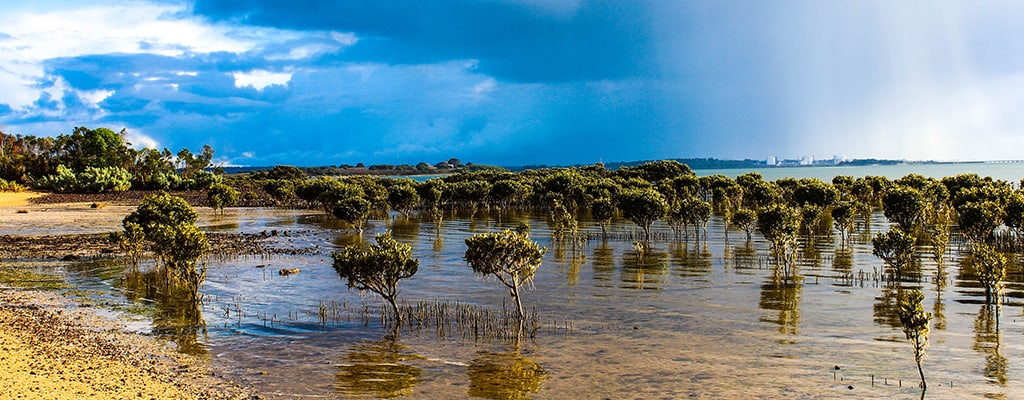Victoria has a diverse range of wetlands including saltmarshes, mangroves, and floodplain billabongs. Often referred to as swamps, coastal wetlands have historically suffered from inappropriate drainage and development.
About our wetlandsDetails

A wide range of threatened plants and animals depend on healthy wetlands for their survival. They provide refuge and critical habitat for a range of species – for example, tens of thousands of migratory birds (some weighing less than 30 grams) travel from the Northern Hemisphere to our coastal wetlands each year.
These wetlands also help in moderating floods and erosion by holding and slowly releasing large volumes of water. As well, they are vital in stabilising shorelines, maintaining water flows, and purifying waterways by filtering sediments and recycling nutrients’
Eleven of Victoria’s wetlands are so important that they are internationally recognised under the Ramsar Convention on Wetlands. Victoria’s Ramsar sites are home to as many as 1,300 species of native plants and 450 of native animals, including more than 100 species of waterbirds. The Westernport Ramsar site contains three of Victoria’s 13 marine national parks.
